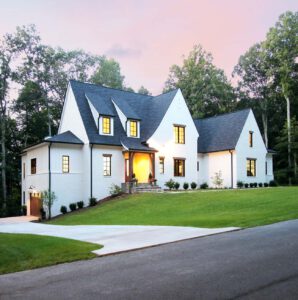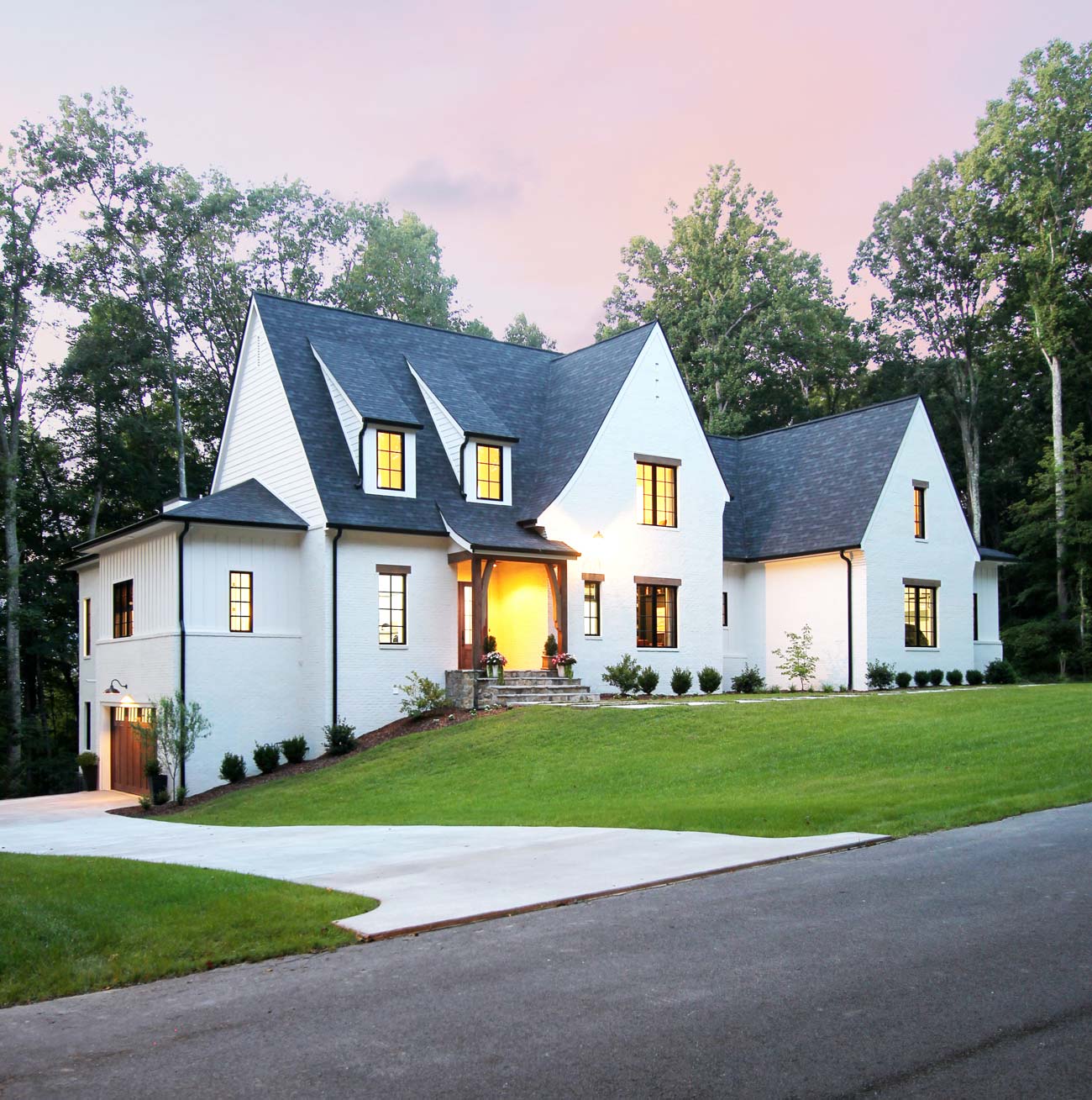There are many benefits to choosing exterior paint. These coatings are resistant to fading and mildew and can endure years of exposure to the elements. Fortunately, most exterior paints are made from special resins that offer superior adhesion and weatherproof properties. This means that they won’t bubble or peel when exposed to hard sunlight or wind. Instead, they’ll remain as smooth and even as new. Here are some tips at Painting & Decorative Stonework to keep your exterior paint looking new.

Professionals use expert-level materials and equipment. Whether you have professional-level tools or just don’t have the time to invest in them, a professional can save you both time and money. Not to mention, it will reduce the risk of mistakes if you attempt to do it yourself. Hiring a professional can also eliminate a lot of hassle, such as carrying heavy equipment home after the project. And remember: a quality exterior painting job is important if you’re planning to sell your house. After all, potential buyers will form an impression of your house before even entering your home.
Painting the exterior of your home is a great way to add curb appeal and increase the value of your home. By choosing the right color and quality of paint, you’ll ensure a successful paint job for many years to come. A professionally-applied exterior will highlight architectural details and add visual interest. You’ll also enjoy a fresh coat of paint, which will give your home more personality and a distinctive look. If you’re thinking about selling your home, you should hire a professional.
There are many benefits to choosing a water-based paint. Oil-based paints have a high gloss, but they are hard to clean and will crack easily. Also, oil-based paints contain turpentine or mineral spirits, which can be difficult to clean. Besides being cheaper and longer lasting, water-based paints are much more environmentally friendly. They are also much easier to maintain. So, consider the environment before making your selection.
Before you start painting the exterior of your house, check for moisture. If your home has recently had rain, do not paint until the weather is dry. If the weather is damp, wait a day before attempting to paint. It will be better for your house to be painted when the temperature has cooled to 70 degrees Fahrenheit or less. But before choosing the paint for your exterior, make sure to check the weather and choose high-quality paint that can endure the elements and keep the paint looking fresh.
After cleaning the surface with water and TSP solution, paint the trim and overhangs. Once the siding is dry, paint the doors and trim. Once everything is completely dry, remove the painter’s tape. Don’t forget to touch up areas where the paint has peeled or is sagging. These will help ensure a smooth, professional finish. So, go ahead and choose your exterior painting materials. But remember, make sure to follow these tips to keep the project running smoothly and successfully.
The price for exterior painting depends on several factors. First of all, paint products vary in quality and price. The cheaper economy brands will cost you less per gallon. However, they will require you to use a lot more paint to achieve the desired thickness and coverage. You’ll also need to factor in the weather conditions and location of your home in order to get an accurate estimate. High-quality paint can save you a lot of money in the long run.
When is the best time to paint your exterior? Consider the time of year. Paint dries faster in warmer months than in colder ones, so it’s best to avoid painting during cold winter months. Extreme heat and cold temperatures will make the paint dry too quickly, while the sun can damage the finish. In addition to the weather, don’t forget about sunlight during winter or fall. During these seasons, the sun will be at its highest rays, affecting paint drying time.
Before painting the exterior of your home, you should determine the type of substrate it has. Typical substrates include wood, Hardie board, MDF, brick, and stucco. Since brick is porous, it will require more paint than previously painted brick. Additionally, stucco is porous, so it will absorb more paint than brick. If you’re concerned about the amount of VOCs, it may affect your indoor air quality.
You can also visit our other websites and post your article.
FIFA Games, District 8 American Society, Make Healthy Life Style Choices, Rural Life, Person Injury Accidents Affects On Family Members, Rally Almanac of Personal Injury Law, X-treme Health Store, Cards & More – Card Collectors World, THE INTERNET OVEREXPOSED, Doing Sundance In My Newly Tinted Ride, Eight Hundred Thousand, Beauty Concepts Myanmar, Starting Your, Community Personal Injury Information, Internet Inquirer, Let The Personal Injury Attorney Click Her Red Shoes and get you Cash Fast, Window Tinting Ideas For Your Car, Master the Art of Real Estate, The Sertoma Butterfly House & Explores PTSD Treatment For The Marine Corp, Jacque S Valax Professional Advice For Family Issues, Columbus Discusses Legal Topics, Pathway For Families, Pelican’s Arcade and Beach Bowl Games On the Party Bus, Dapoxetine Review, Get Free Home Appraisal, New Personal Injury Apps, Feaps Balears, North Graham Baptist, The Light Painting Shop

